Winter Birds in the Central Adirondacks
The winter birds of Long Lake, Newcomb, and Minerva have been a magnet for visiting birders this season. In addition to our year-round boreal species, including Black-backed Woodpeckers, Gray Jays, and Boreal Chickadees, several winter irruptive species have added extra excitement to birding trips. Bohemian Waxwings are moving around the area in search of fruit trees. Beautiful Red Crossbills are widespread in our central Adirondack region and currently nesting! Pine Siskins have irrupted in huge numbers with flocks often containing hundreds of birds. Colorful Evening Grosbeaks are numerous in Newcomb and Minerva. All the wonderful birds have been attracting people to the area.
NYS Ornithological Association's Winter Weekend
In addition to guiding birding tours this winter, I recently led field trips for the NYS Ornithological Association's Winter Weekend held in the central Adirondacks. Twenty-four people attended from all corners of NYS and some from neighboring states. Participants stayed at the Shamrock Motel and Cottages, and the Adirondack Hotel in Long Lake.
On our first morning, we headed to Newcomb and observed Evening Grosbeaks at a terrific feeder location. Purple Finches, Pine Siskins, and American Goldfinches were also abundant. Northern Cardinals and American Tree Sparrows were also observed at the feeder location. Birding along Route 28N, we found several flocks of Red Crossbills. Another highlight for many participants was seeing a couple of Boreal Chickadees at the Boreas River Bridge area. We also found a large flock of Cedar Waxwings feeding in a fruit tree in Newcomb.
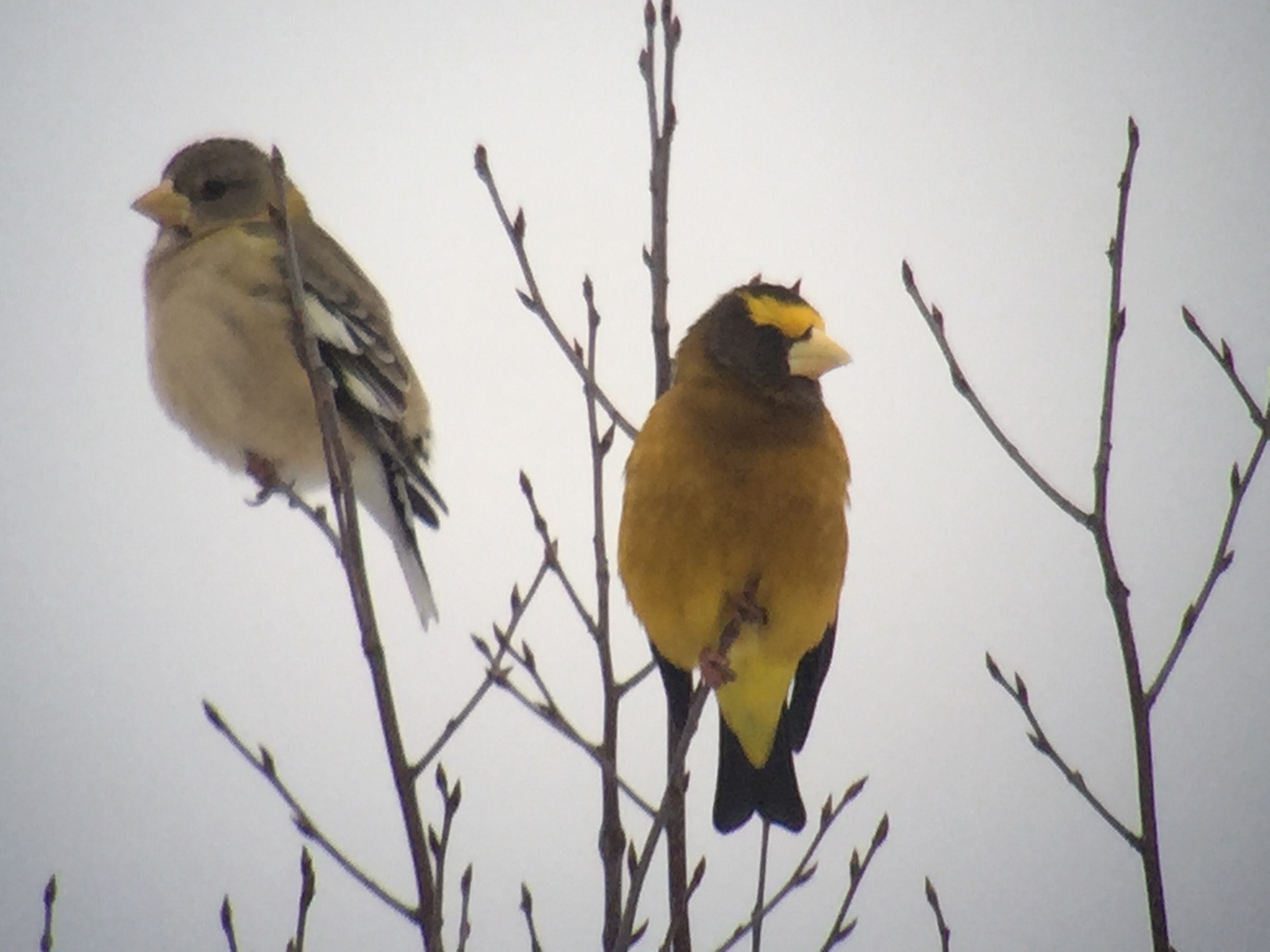
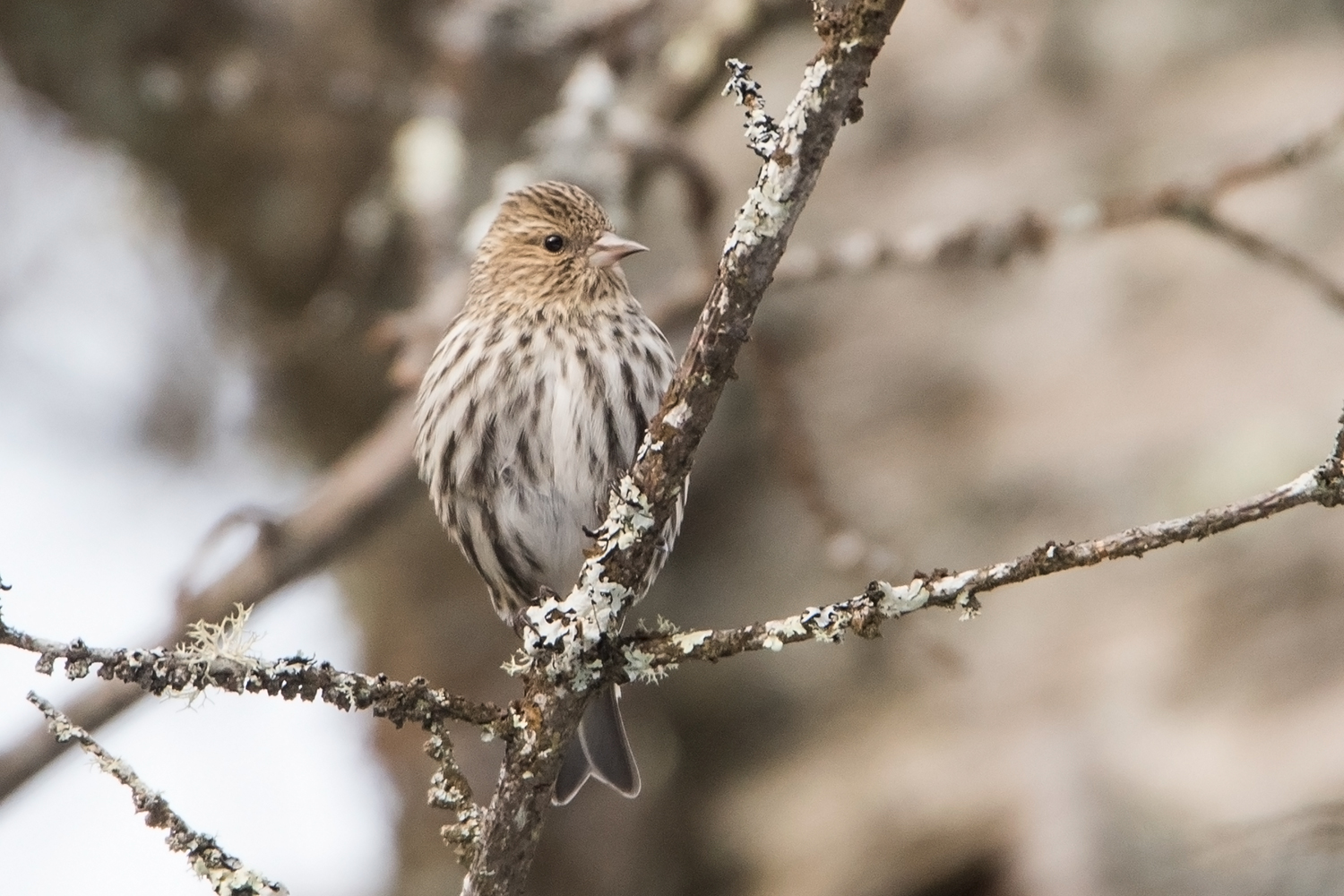
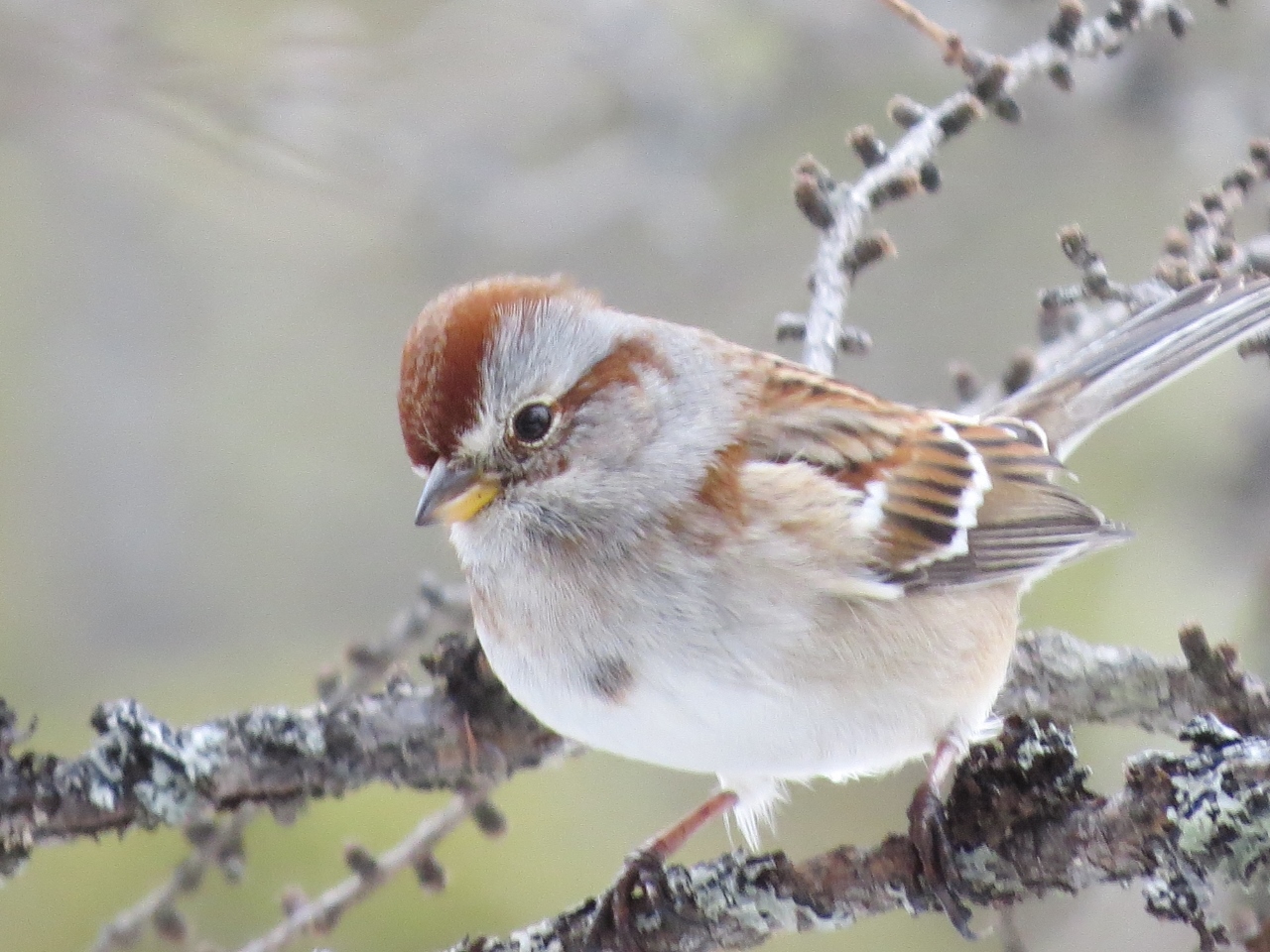
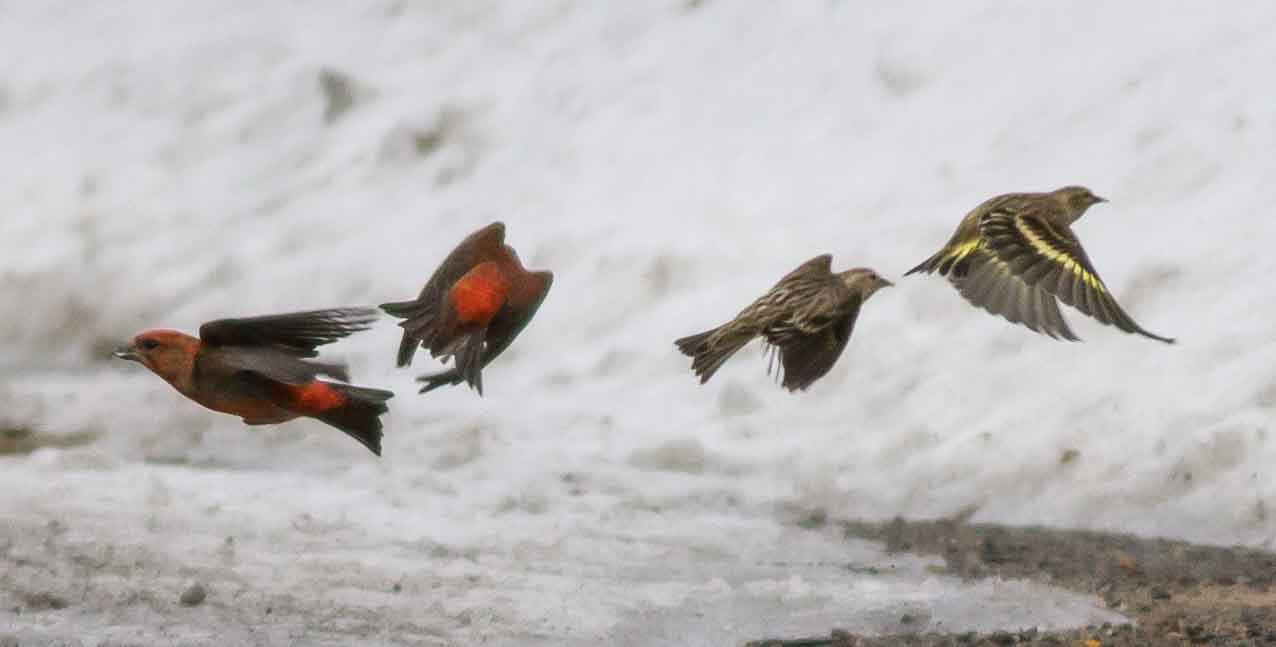
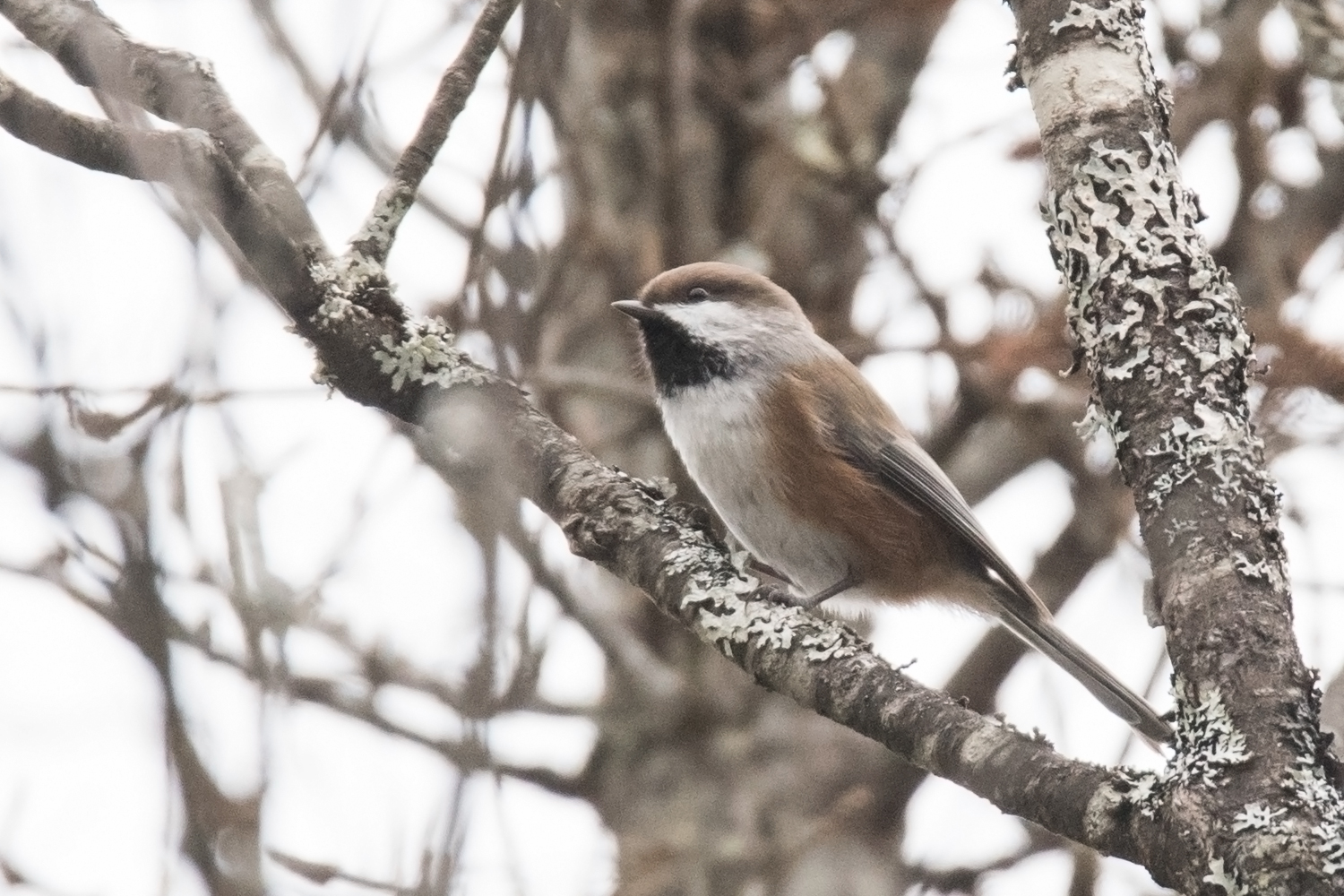
Next, we headed to Sabattis Bog along Sabattis Circle Road in Long Lake. Friendly Gray Jays came out for bread, raisins, and sunflower seeds! A Black-backed Woodpecker foraged and called from the forest.
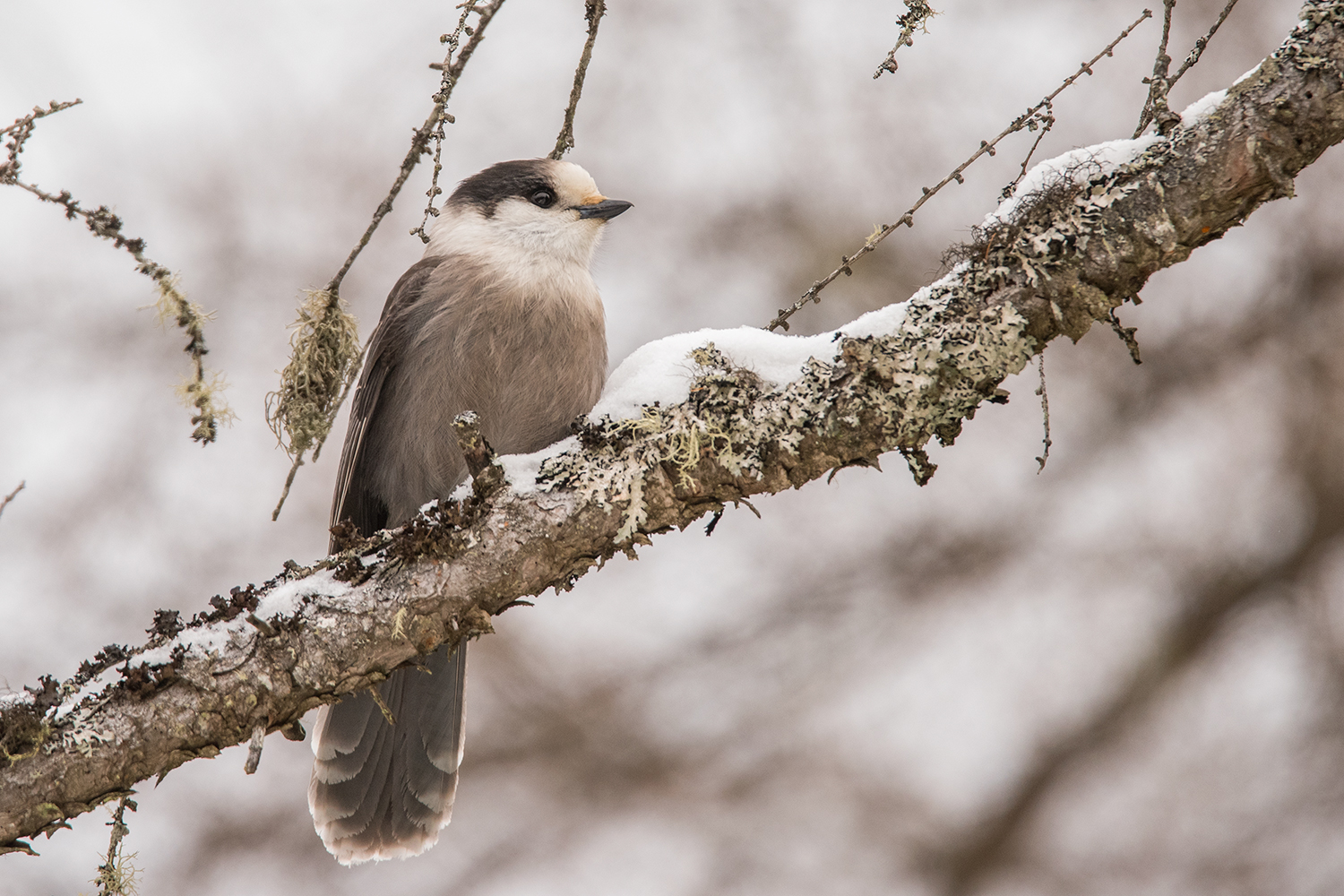
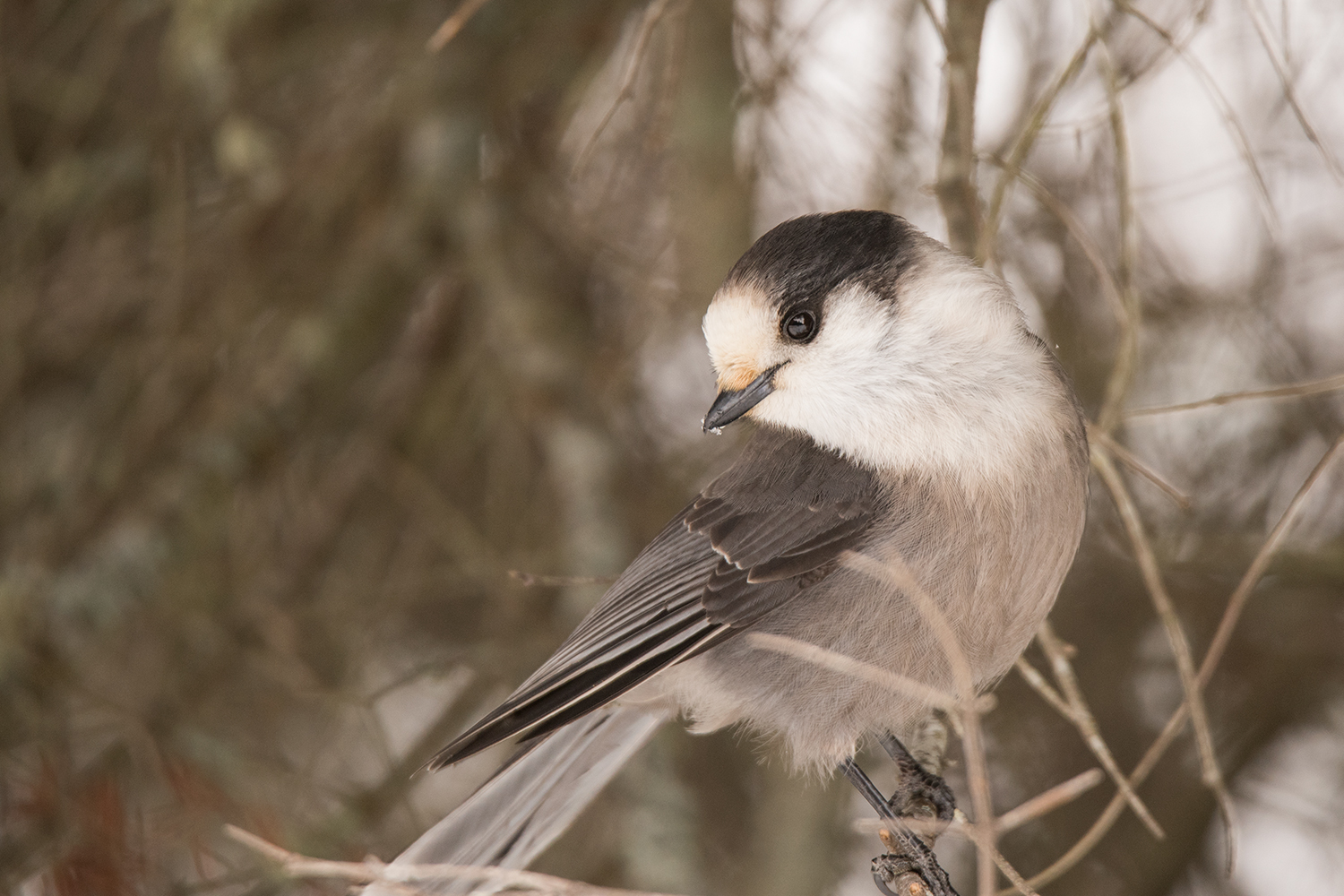
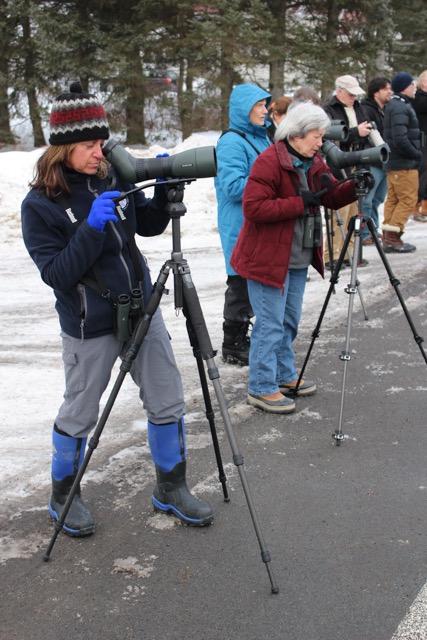
When it was time for lunch, we picked up delicious panini sandwiches that we pre-ordered from the Adirondack Trading Post.
Late afternoon was spent at the Adirondack Interpretive Center in Newcomb where I gave a presentation on winter irruptive species. Nineteen species were presented using photographs, video, and audio sounds, along with why they irrupt to the Adirondacks in winter and where to find them. After the presentation, participants gathered at the Adirondack Hotel in Long Lake for a social dinner. Our group took over the dining room!
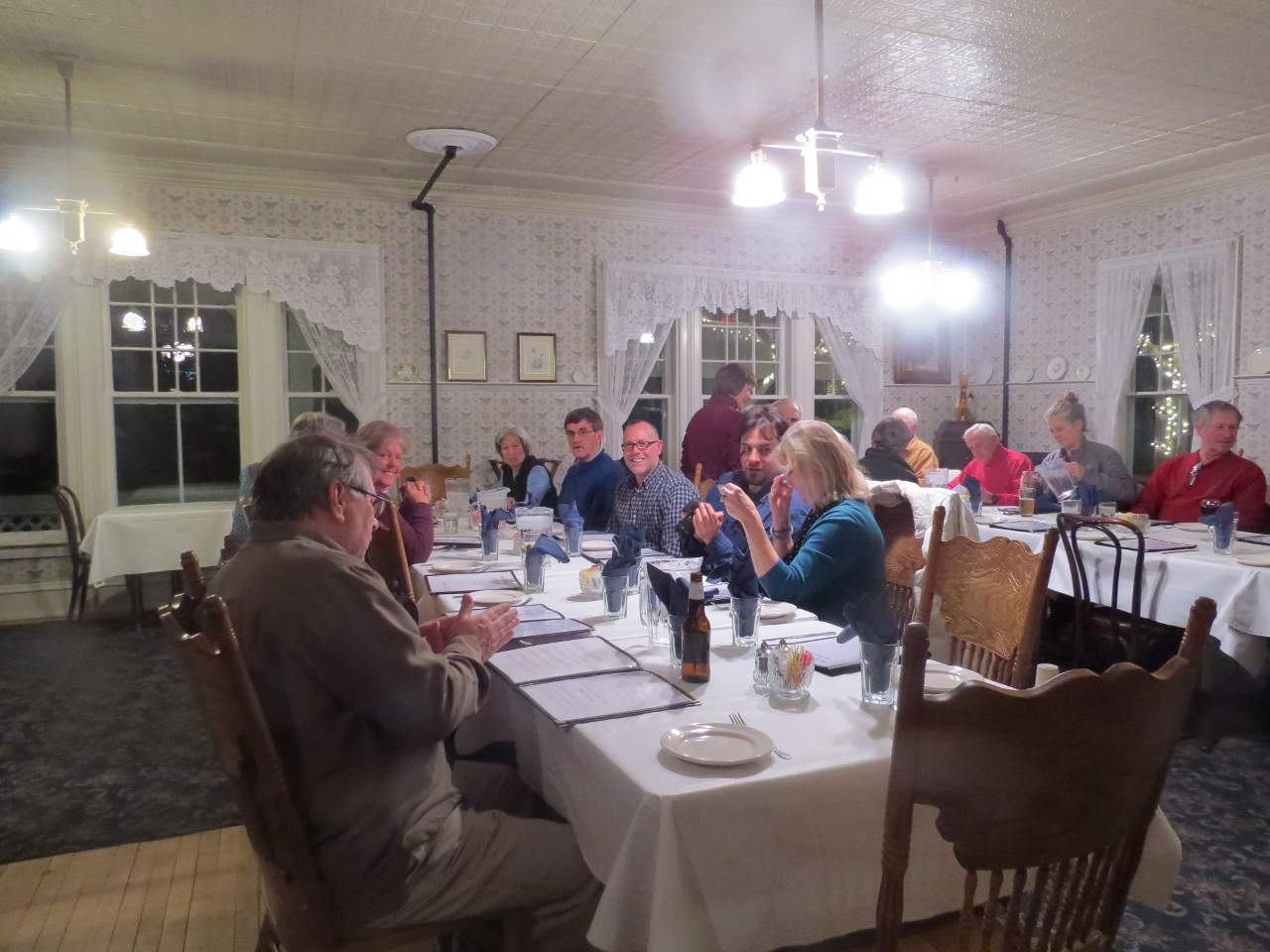
On our second morning, we once again visited Newcomb feeder locations and then boreal habitat areas of Newcomb and Long Lake. On a short hike along Tahawus Road, we heard a Black-backed Woodpecker calling from the forest. As we continued our hike, we got closer to a rabbit hunter. He was waiting by his truck while his hunting Beagle was far off barking in the forest. As our large group approached his location, he decided to move down the road a bit. After he drove off, a beautiful Snowshoe Hare, in its winter-white color, hopped across the road from the spot where the truck had been. Everyone clapped for the hare and someone remarked that it reminded them of Bugs Bunny and Elmer Fudd!
After lunch at the Adirondack Trading Post, we once again visited Sabattis Circle Road and Sabattis Bog. We found a flock of Red Crossbills at the Little Tupper Lake inlet and 8 Gray Jays at the bog.
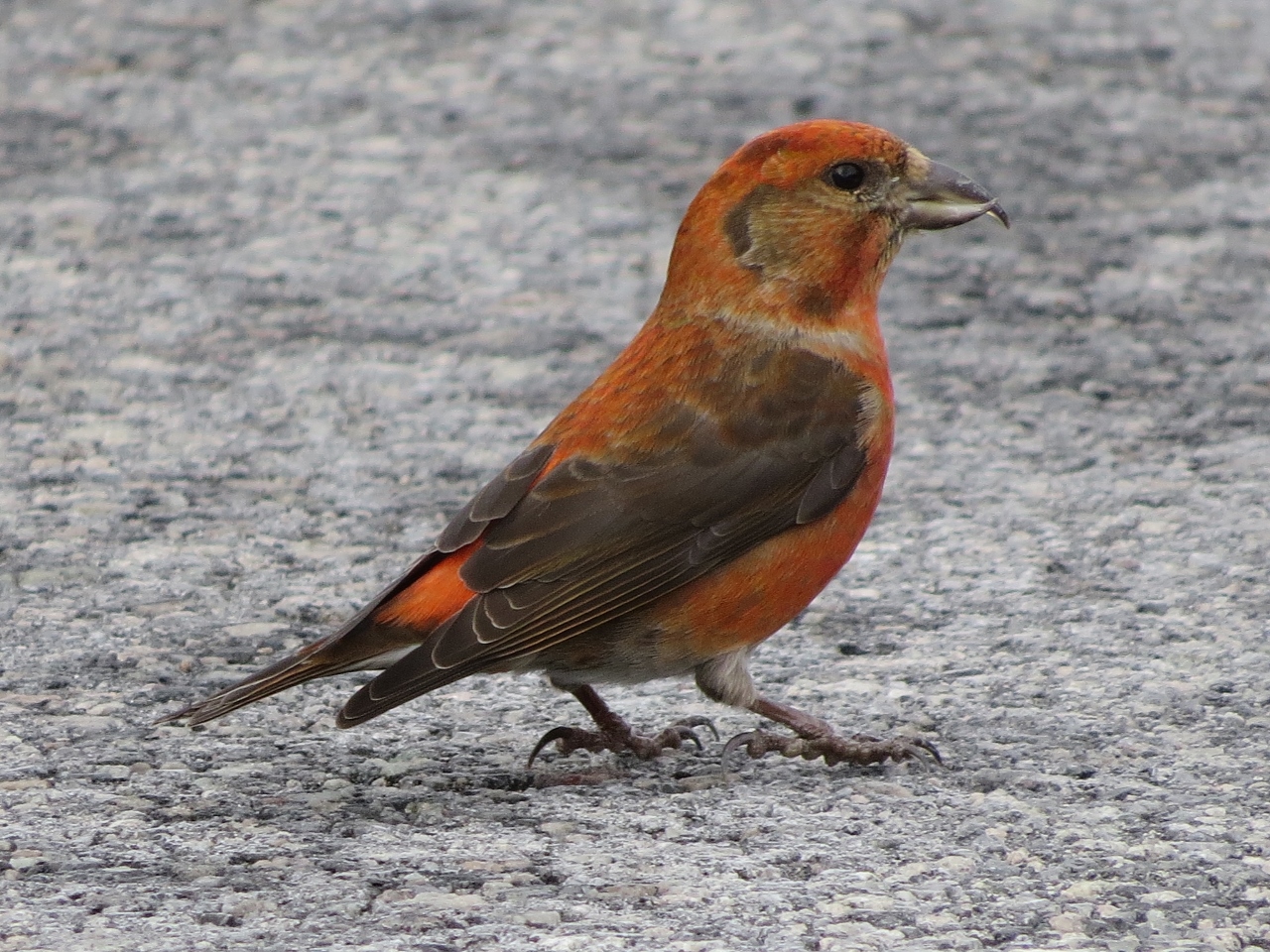
Overall, during the Winter Weekend event, 23 species were found including a Red-tailed Hawk, 2 Black-backed Woodpeckers, 8 Gray Jays, 3 Boreal Chickadees, 27 Red Crossbills, hundreds of Pine Siskins, and over 50 Evening Grosbeaks. Participants were thrilled and many birders were seeing these species for the first time.
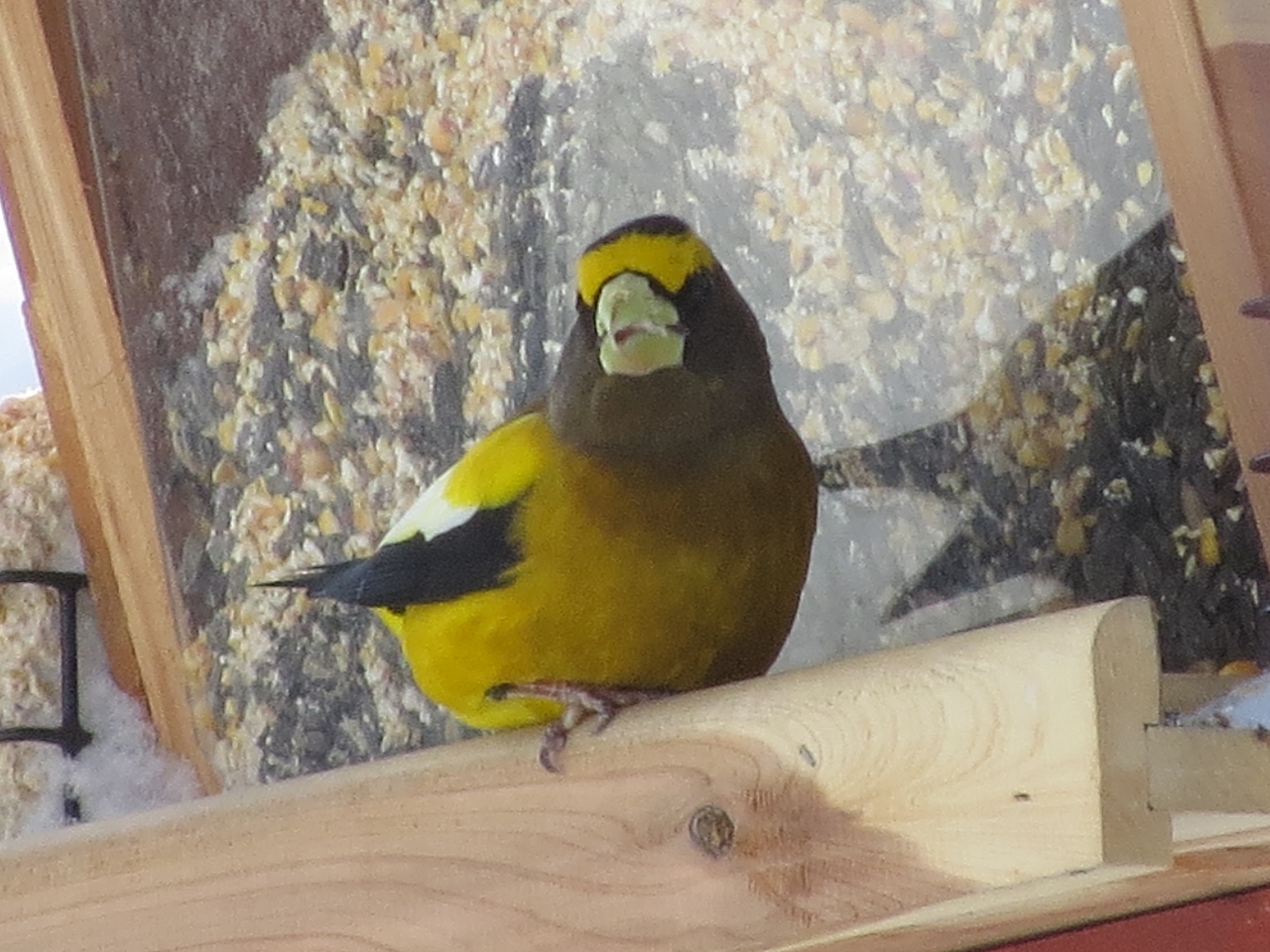
More Winter Bird Species
Bohemian Waxwings, a very sought-after winter irruptive species from northwestern Canada, are occasionally showing up in Long Lake and Newcomb this season. While guiding a couple from Connecticut, we found a flock of 29 Bohemian Waxwings feeding on a fruit tree in Long Lake. Many birders have been photographing a Northern Shrike that has been spending the winter at the Little Tupper Lake inlet along Sabattis Circle Road in Long Lake. Shrikes are fascinating predatory songbirds. The shrike's bill is often blood-stained, so it is obviously finding enough prey. Snow Buntings have also been found along roadways all winter.
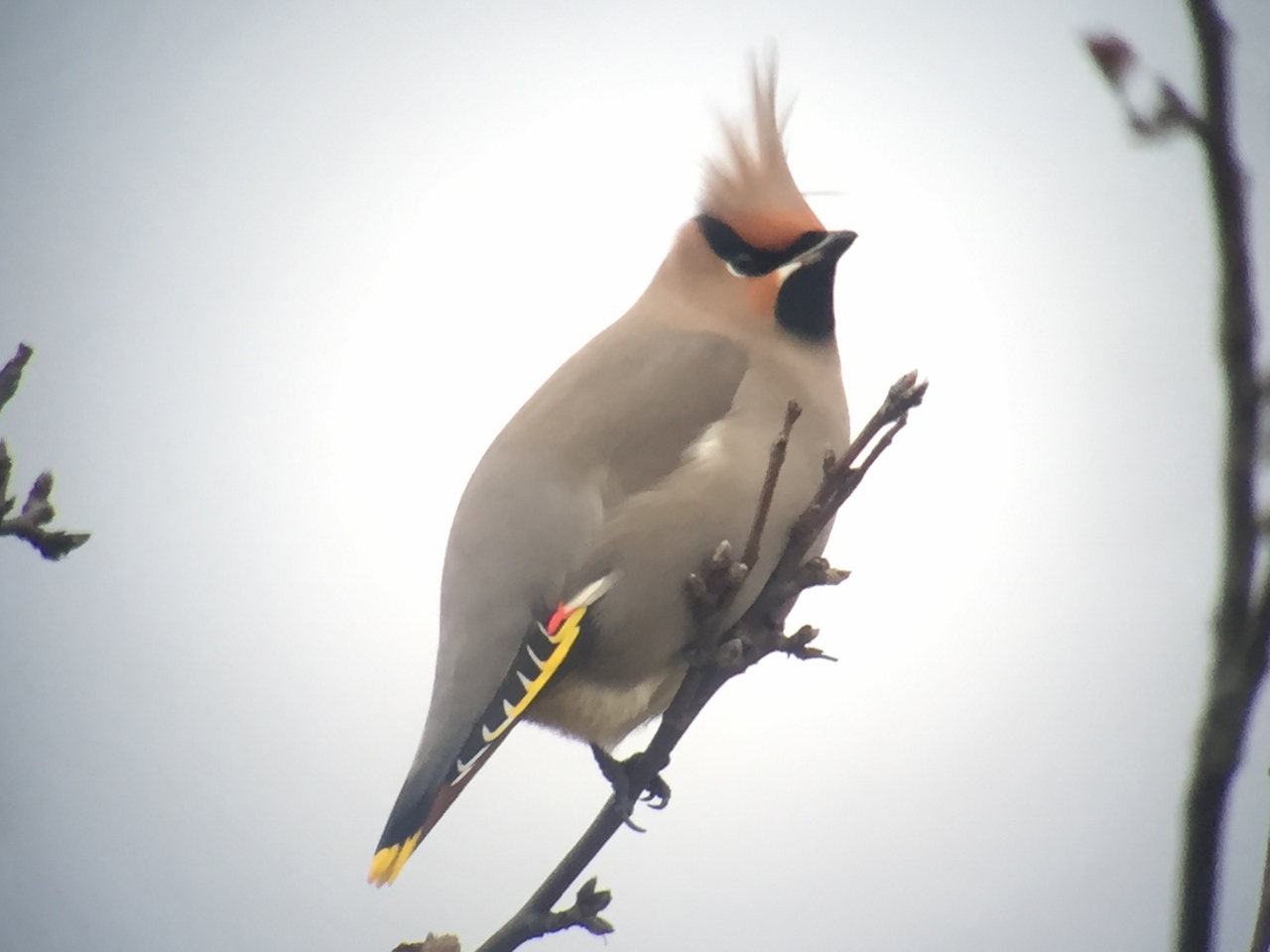
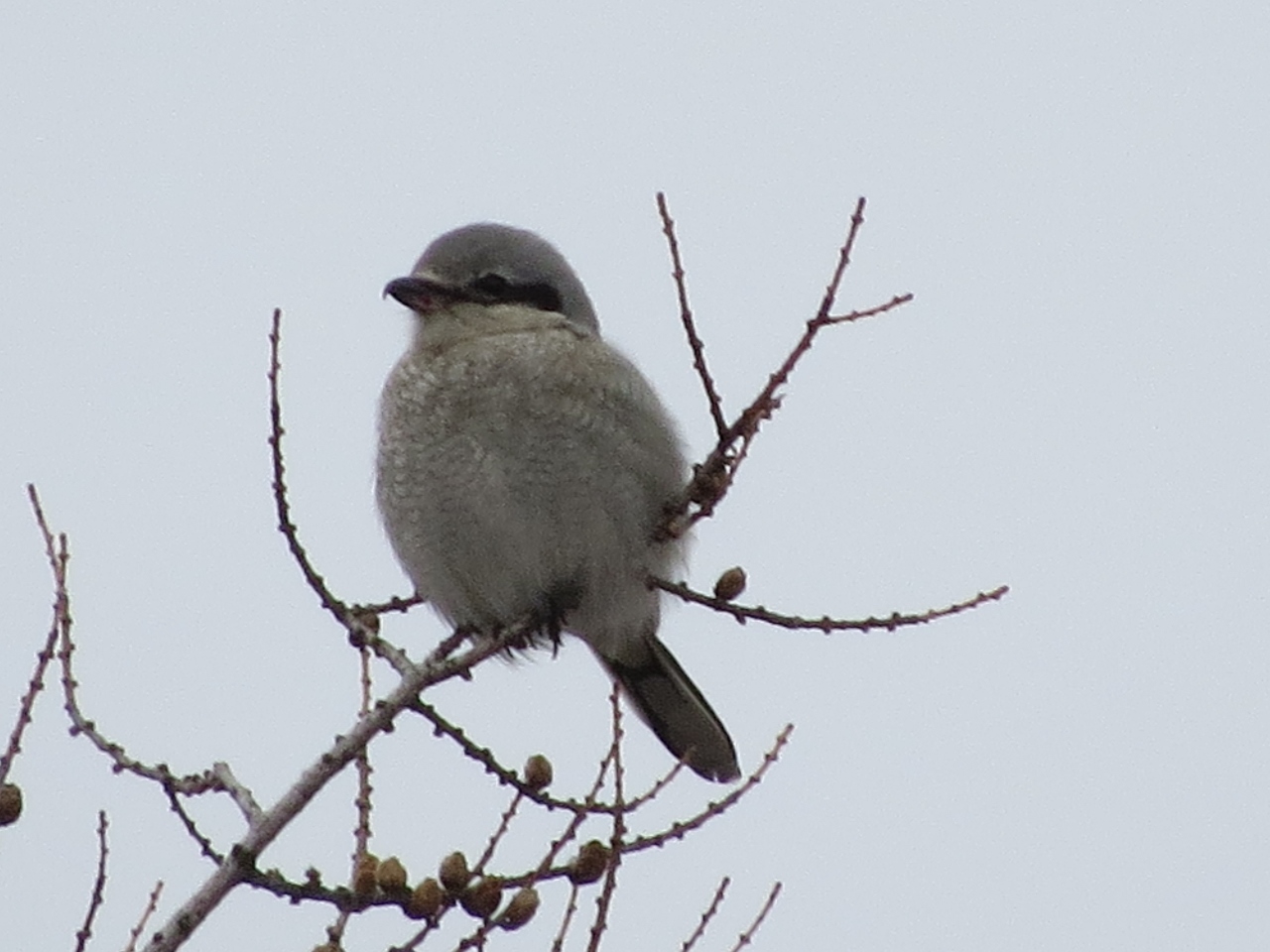
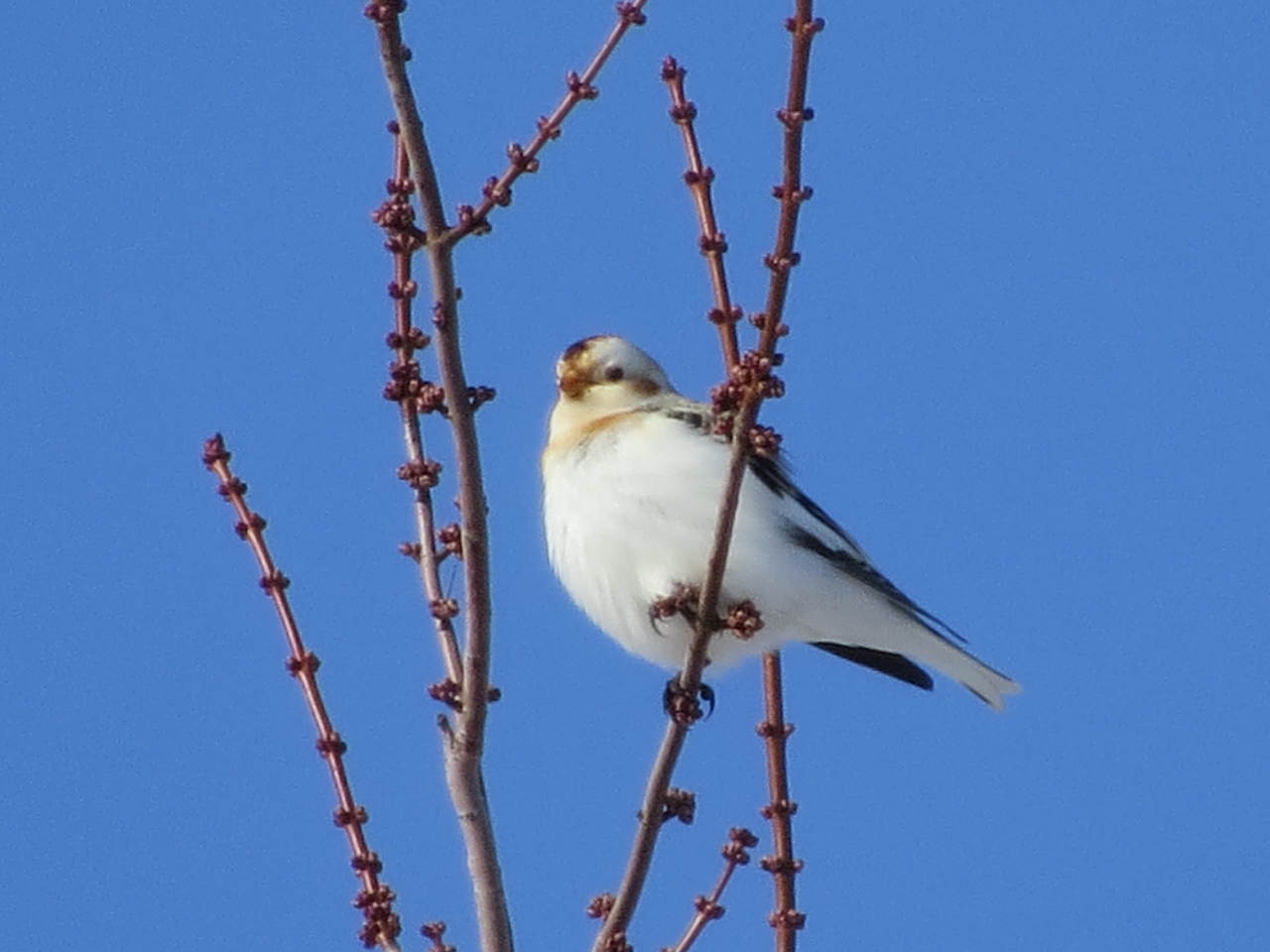
The year-round boreal bird species of the Adirondacks bring visitors every winter, and the irruptive species, which are a different mix each year, add even more excitement to winter birding trips!
If you are planning a winter birding excursion to the central Adirondacks, there are many warm, comfortable places to stay and plenty of restaurants with great food to make your trip enjoyable. Ready to join other birding enthusiasts for a memorable annual event? Mark your calendars now for the 2016 Adirondack Birding Festival taking place June 10-12, 2016.






